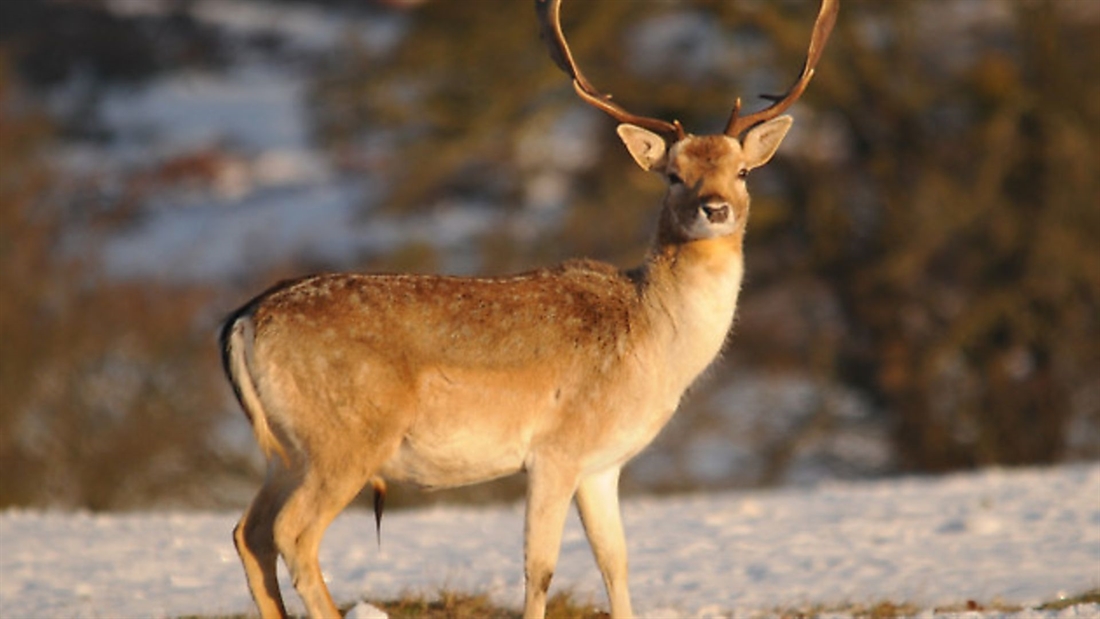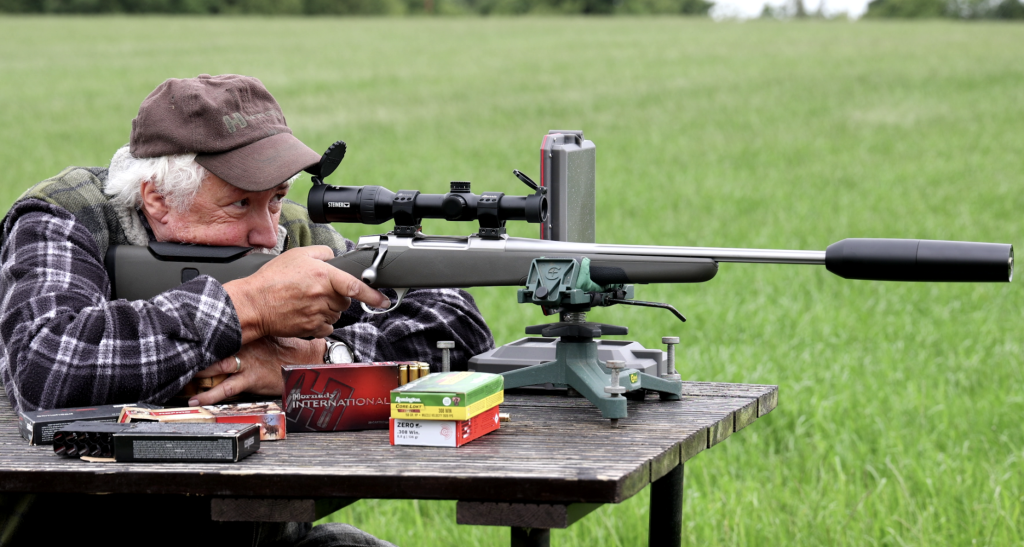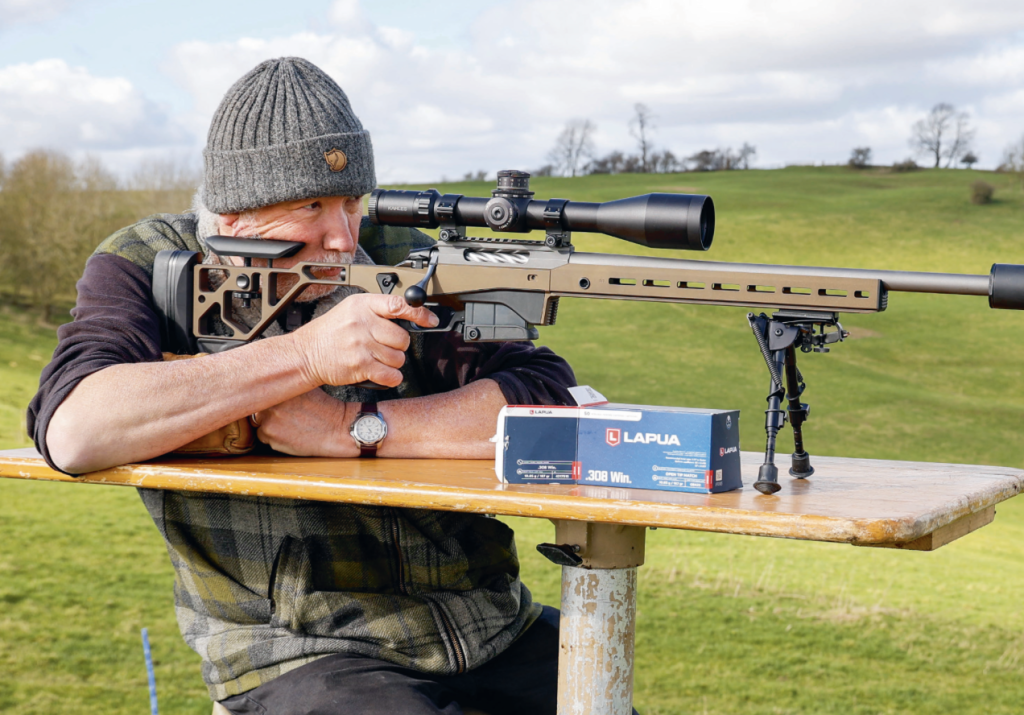How to make sure your quarry is true broadside before firing

Do you have any tips to ensure your target animal is perfectly broadside?
Q: While out stalking the other night, I got into a cull buck and found a suitable firing position at around 100 yards. I was certain the animal was sideways on and made what I thought was a well-placed, high heart shot. However, the exit wound was a lot further back than it should have been and when I gralloched the animal it had clipped the stomach. Do you have any sure-fire tips/checks to try to ensure that the animal is perfectly broadside?
ANDREW VENABLES replies: I have had this issue myself, and it can happen for various reasons.
Firstly, the animal could be twisting or curved away from the shot slightly, which may be hard to spot in the conditions and light available. The only fix is to look to see where all four legs are in relation to the upper body and wait until all is perfectly broadside. This may mean never actually firing the shot.
Secondly, the animal could be actually side on, but the bullet clipped a rib or leg bone and diverted back into the stomach and out. The best way to ensure good straight-line penetration is to use calibres offering bullets of good sectional density and to use bullets in the upper weight range for the calibre, again ensuring good straight-line penetration. Ribs deflect bullets less than leg bones, shoulder blades or the spine.
Thirdly, the animal could be in-line broadside when you committed to the trigger squeeze, but turned in the interim between firing and arrival. If an animal is 200m away or more, the actual lag time from commitment to the shot and bullet arrival starts to exceed 0.4 of a second – enough time for a sudden movement to change the presentation.
If you are attempting neck or head shots, this is even more of an issue as this is the most mobile, fast-moving and often moved part of the quarry. Get close and stick to chest shots for the most reliable results. If you use decent bullets in a proper, modest-velocity calibre you should not have meat damage issues.
Good hunting.
Related Articles
Get the latest news delivered direct to your door
Subscribe to Rifle Shooter
Elevate your shooting experience with a subscription to Rifle Shooter magazine, the UK’s premier publication for dedicated rifle enthusiasts.
Whether you’re a seasoned shot or new to the sport, Rifle Shooter delivers expert insights, in-depth gear reviews and invaluable techniques to enhance your skills. Each bi-monthly issue brings you the latest in deer stalking, foxing, long-range shooting, and international hunting adventures, all crafted by leading experts from Britain and around the world.
By subscribing, you’ll not only save on the retail price but also gain exclusive access to £2 million Public Liability Insurance, covering recreational and professional use of shotguns, rifles, and airguns.
Don’t miss out on the opportunity to join a community of passionate shooters and stay at the forefront of rifle technology and technique.




